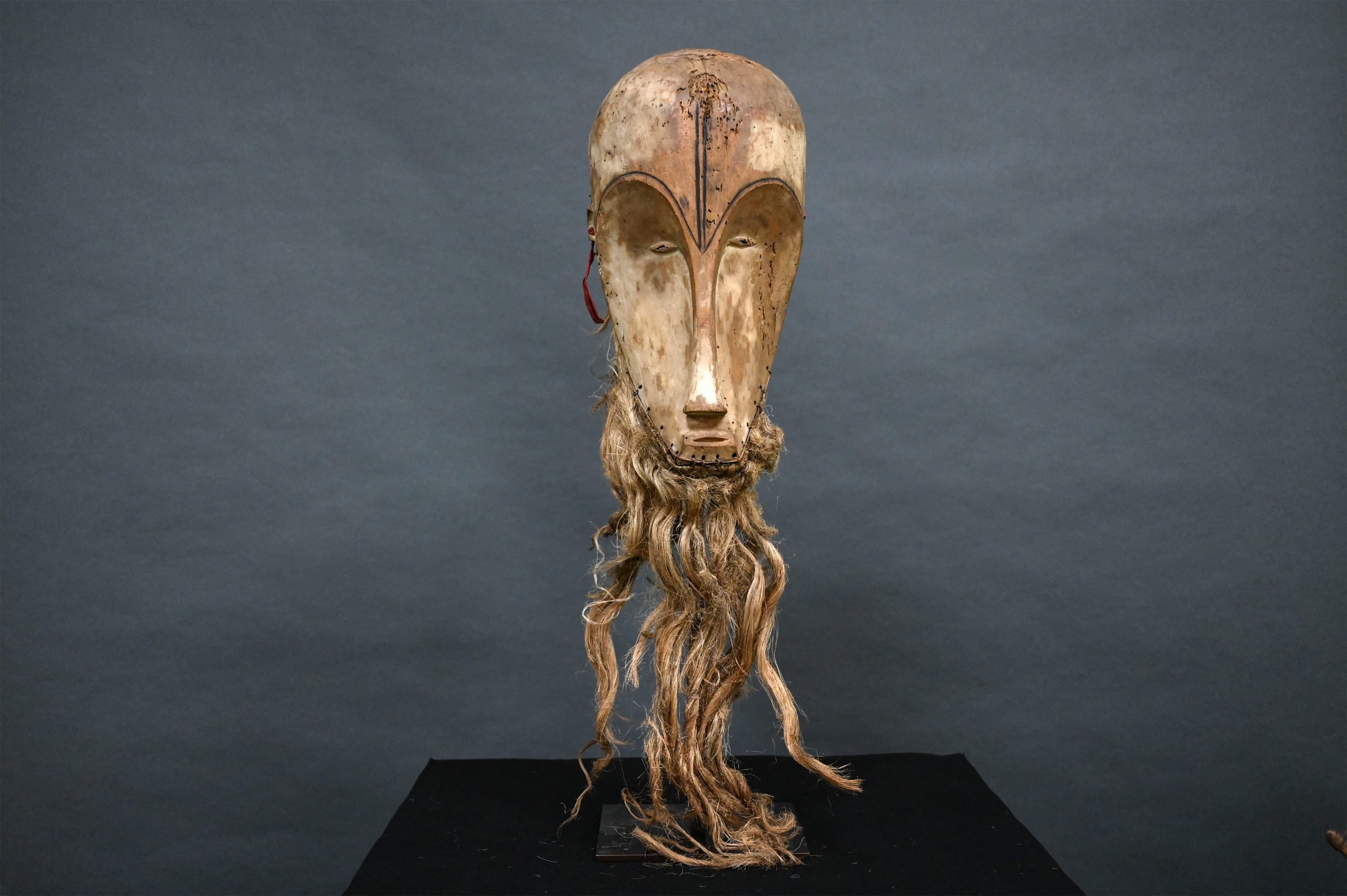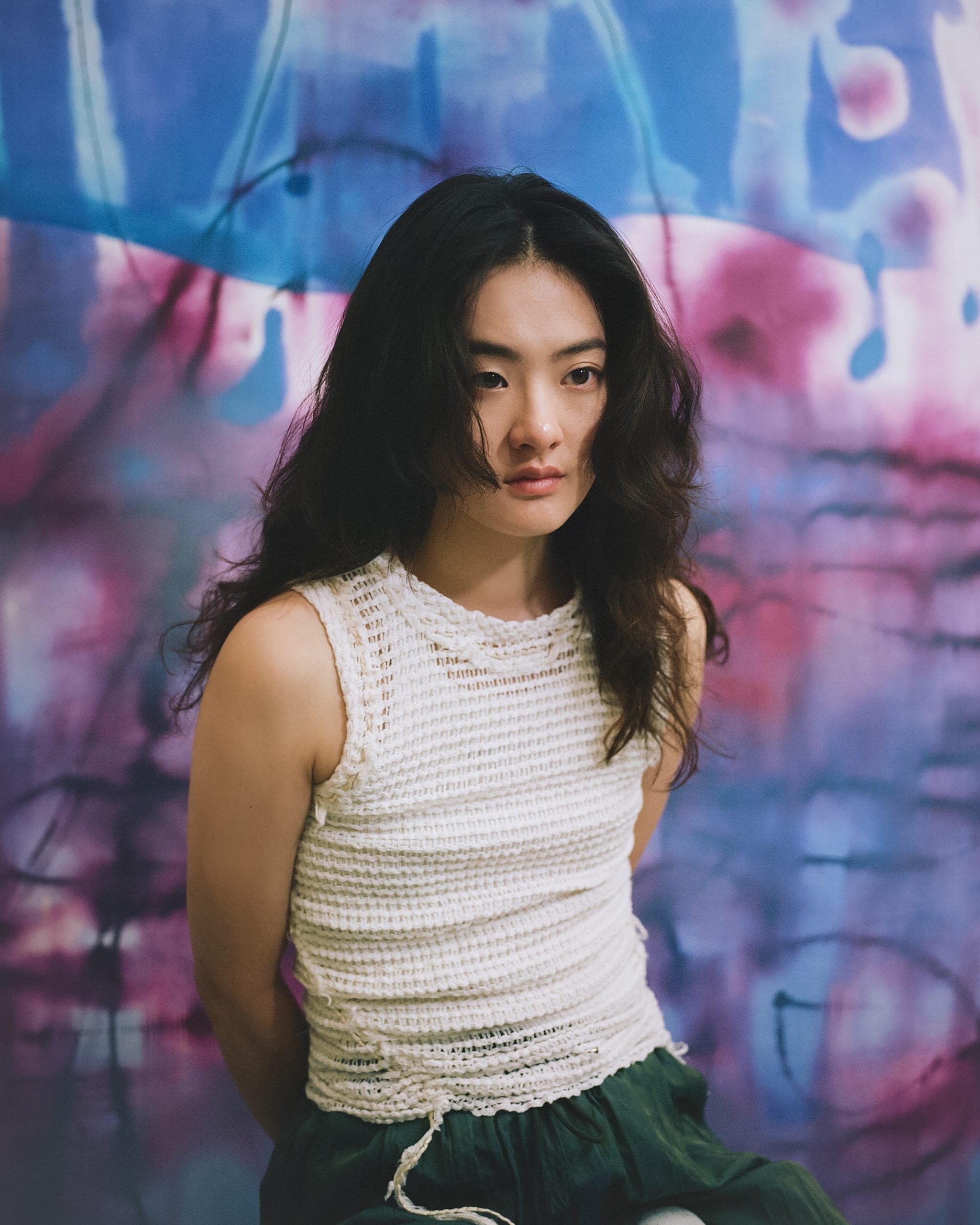Renew or perish seems to be the mantra behind the ambitious new rehang of Barcelona’s Museu Nacional d’Art de Catalunya, which opened to the public last week. Spearheaded by director Pepe Serra, the move has radically shifted the museum’s focus from Medieval art to highlights from its collection of Modern art, El Mundo reports.
The rehang was accompanied by a comprehensive renovation of the museum’s ground floor galleries. The work took place over six months with a total budget of €890,000. Now, 4,000 square meters of exhibition space are devoted to a collection of 1,300 artworks dating from the 19th century to the 1950s. A staggering 900 of the works had never even seen the light before—at least not at the Museu Nacional d’Art de Catalunya.
The rehang pays close attention to several styles and periods, including Impressionism, Realism, Orientalism, Symbolism, and Surrealism, with paintings by Edvard Munch, Alfred Sisley, and Henri de Toulouse-Lautrec featuring prominently. It also features works by key Spanish Modern artists such as Antoni Tàpies, Antoni Gaudí, Ignacio Zuloaga, Ramón Casas, and Santiago Rusiñol. A series of works exploring the Spanish Civil War are also on display, including many that were shown alongside Picasso’s Guernica at the Paris International Exposition in 1937.
Despite the high percentage of Catalan artists included in the new display, the director of the museum has denied the existence of a “Catalan agenda” in his revamp of the institution. “Our gaze can’t be local,” Serra told ABC. “There is no division between Catalan and not Catalan art. Our aim is to explain Modern art from the vantage point of Barcelona, but in order to offer a global view.”
This is certainly a matter of great importance for Serra, who has been at the helm of the Museu Nacional since 2012 and was the director of Barcelona’s Museu Picasso from 2006 to 2011. According to recent reports, published in ABC, 49 percent of the museum’s visitors last year were Catalan, 48 percent were foreign, and a minuscule 3 percent were Spanish. Serra’s current, more global approach may be aimed at encouraging art lovers from other Spanish regions to visit.
Follow Artnet News on Facebook:
Want to stay ahead of the art world? Subscribe to our newsletter to get the breaking news, eye-opening interviews, and incisive critical takes that drive the conversation forward.




